…where I left off.
[Latvian bean blossom mittens - adapted from Nancy Bush’s Kalev’s Mittens pattern]
I began knitting properly when I was at university. At primary school, I made a horrible, tearful mess of unyielding cotton yarn on rough wooden needles, then in the sixth form when everyone else was sitting on windowsills casually knitting and chatting, I was having a miserable time with acrylic yarn, plastic needles, and dropped stitches. But in my second year at university, it suddenly all clicked (pun intended), and I was at last able to knit with nice wool on nice needles using nice patterns. With my first jumper, though, I didn’t know how to pick up stitches round the neck, so I phoned my Mum - a decent but reluctant knitter - for advice and she said, “Oh, I never bother. I just knit a strip and sew it on”. I was getting more purist by the row, so this was not going to work for me but it was the impetus I needed to learn how to do it properly. So I learned how to pick up.
I then knitted and knitted and knitted. I loved Patricia Roberts, Kaffe Fassett, Pingouin and Phildar, traditional fair isle and aran cables, and eventually baby and children’s patterns by Debbie Bliss. I even wrote a book on knitting. And then I came to a full stop. I cast off everything except socks, socks, and more socks, all made to the same simple pattern and knitted in the most colourful, most interesting self-striping yarns I can find.
[Norwegian mittens - adapted from Idd mittens pattern by Nina Granlund Sæther]
But recently, I’ve been thinking about picking up something different, although I no longer want to spend forever knitting a jumper which may either not fit or not suit me or, even worse, both. I enjoy colour work and repeat patterns and making small things, so mittens have brought me back to more challenging but satisfying projects. I’m on my second pair now, but struggled on the first with picking up the stitches for the thumb. It made me laugh to think Mum would probably have said to just knit a tube and sew it on.
In a natural progression from what I wrote about last week - the multifariousness of domestic creativity and how to manage it - it’s been interesting to ponder how and what we put on hold or let go, then pick up again at a later date (or not).
[just-finished wonky cross quilt top]
For a long time, as with the knitting overkill (writing books about your favourite things tends to have this effect), I wondered if I’d ever get my quilting mojo back. And then just the smallest of pushes in the form of a one-day workshop with Sarah Hibbert had an explosive effect and I’m now onto my fifth extremely colourful wonky cross quilt. I used to think that repetition was unimaginative and dull (all those other patterns and designs I could use), but if it’s good enough for Edmund de Waal, it’s good enough for me.
[smocking meets cyanotype]
I have a fear that if I’m not doing something NOW, I will forget it and also forget I ever knew how to do it. What if I can’t remember how to smock for fun of it, bind books that don’t fall apart, hook squishy rag rugs, or make cyanotypes when the sun finally shines again? What if all my lino prints turn out back to front and my letterpress efforts have every b and d and p in the wrong place? Guess what, it doesn’t matter. I can go back with a Zen beginner’s mind and start all over again.
In fact, you wouldn’t believe how many times I’ve tried to master letterpress printing, feeling like a beginner every time. I just love the whole letterpress culture, the hand-madeness of it, the typefaces, the glorious letters (g in particular) and punctuation marks (question marks which really question) and extras (a good ampersand is a thing of real beauty), the ink, presses, the traditional language of printing, and the very necessary aprons. But it’s technical, precise, and there are no short cuts.
[Ways of Reading Proust, printed in the kitchen]
Unless you do what I’ve done a few times now and just ink up wooden letters and print by hand on the kitchen table.
Because, inspired by Dom Sylvester Hédouard whose poem I saw in Kettle’s Yard, I realised I could just do it a different way and play with letters and words. I’m a real sucker for puns; I know they are often regarded as a lower, less sophisticated form of verbal humour, but I just think that’s inverted snobbery. If they are good enough for John Lennon, they are good enough for me. Puns are great, puns are fun. As are anagrams of Proust and all the words you can find in PROUST (French and English). As is concrete poetry and letterpress and typewriter art - last week I went to the small, well-chosen exhibition of experimental poetry at the Estorick which renders all typesetting rules obsolete.
I’ve been picking up old books, too. I’ve reread Young Anne by Dorothy Whipple who is devastatingly clear-sighted about human nature, and it was wonderful and better than I remembered. But Gaudy Night by Dorothy L Sayers was not, because this time I couldn’t tolerate the snobbery, the language, the downright weirdness of the fictitious all-women Shrewsbury College. Adam Bede, though, was just as I remembered it: dense, enormous, wide-ranging, witty, classic George Eliot.
Even the Beatles have been set aside for quite a few years then picked up again. It’s not that I ever went off them, but I realised how much I’d missed them when I watched nearly eight hours of Get Back (2021) in two days and was mesmerised by George’s beautiful pink jumper.
It’s so easy to think you might lose something precious forever if you don’t attend to it all the time, but then you get older, look back, see the warp and weft of life and realise that many things are still there, just in the background, and can always be picked up and put down again as and when. The skills and crafts and interests are not going away, they are not going to disappear. The beloved books and paintings and films are still on shelves, on walls, and on demand. Just knowing they are there, waiting to be picked up again, is a comfort. I realise that if I were bed-bound or seriously knocked off course, they’d be what I’d want and need, a kind of cultural first-aid kit. We all need one.
‘Wild Flowers’ (1933) by Winifred Nicholson
This is what you’d find inside mine:
[‘Goldfish’ (1912) by Matisse which I first saw in the Pushkin Museum in Moscow and there were so many paintings by Матисс there that for a long time I thought he was Russian]
Proust, most of Dickens, the paintings of Vuillard, Hockney, Matisse and Winifred Nicholson, short stories and plays by Chekhov, Cary Grant films, anything by Dorothy Whipple, Dutch flower paintings, a personal anthology of poems (Keats, Larkin, Edward Thomas, Gerard Manley Hopkins, John Donne, Wendy Cope), Henri Cartier-Bresson’s photographs, the Beatles, Bob Dylan, Leonard Cohen, Haydn’s ‘Surprise’ Symphony no 94 and ‘The Clock’ Symphony no. 101 (no-one ever told me classical composers could have a sense of humour), Persuasion, Maigret policiers.
However, in the interests of balance, there are some things I’ll never go back to even though I loved them once and often with a passion: the novels of DH Lawrence, Pre-Raphaelite paintings, eye shadow, The Catcher in the Rye, macramé, tie-dyeing.
And there are some things I’ve picked up once, usually to prove to myself that I can tackle and deal with them, then realise they really are not for me: all of Virginia Woolf’s novels are one-time only (yet I return regularly to her diaries), James Joyce (A Portrait of the Artist as a Young Man is the only one I finished), papier mâché, weaving, resin jewellery, watercolour painting.
[‘The plein air painter. Winter motif from Åsögatan 145, Stockholm’ (1886) by Carl Larsson - just round the corner from where we are staying]
It’s Saturday now and we have just arrived in Stockholm (-5C and snowing outside, getting down to -10C in the night, very white, very cold, very atmospheric) and I’ve brought a travel-size cultural first-aid kit: Period Piece by Gwen Raverat, Mill on the Floss, and some sock-knitting: all tried and tested and good to pick up again in Sweden.
Happy Sunday!

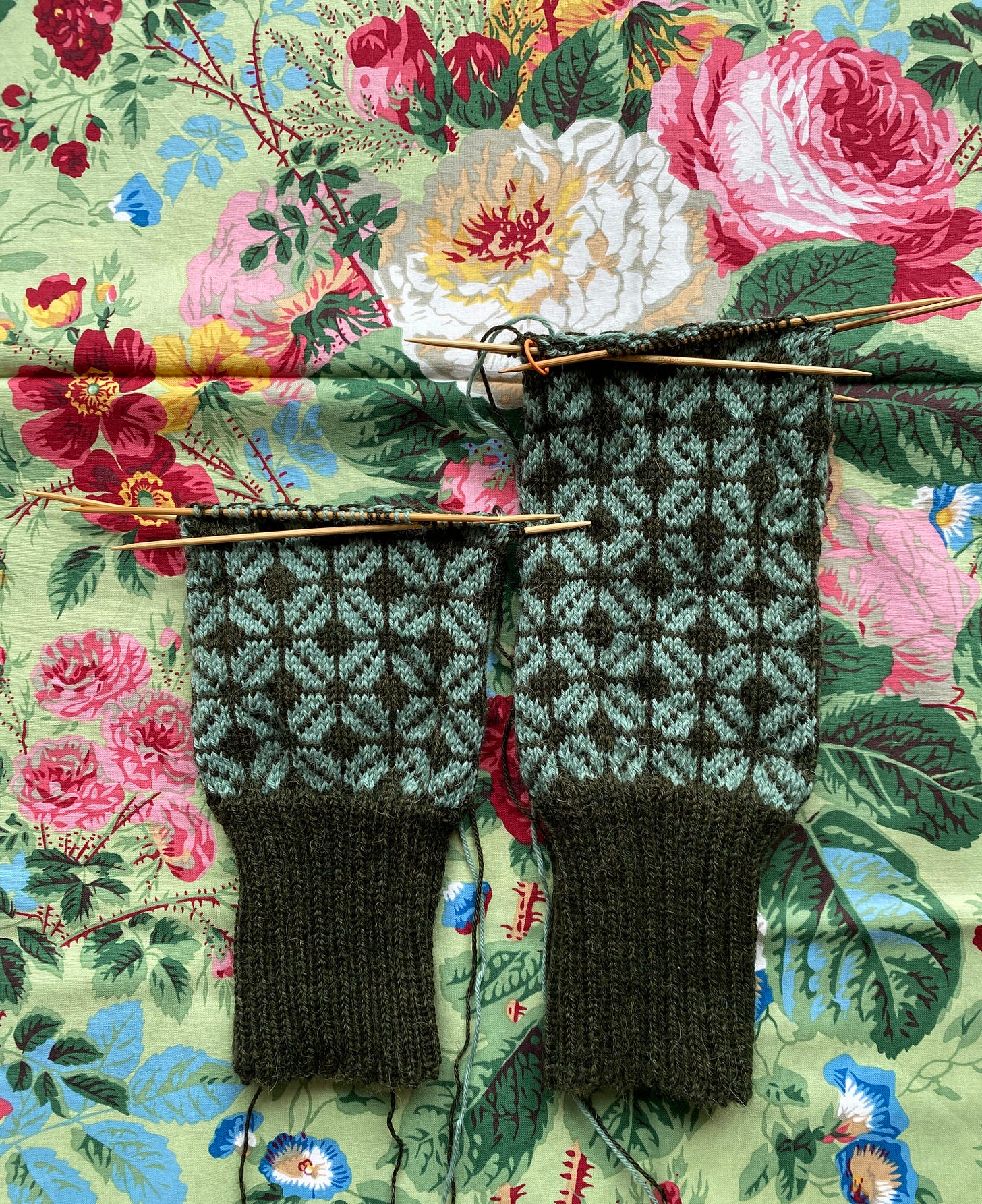
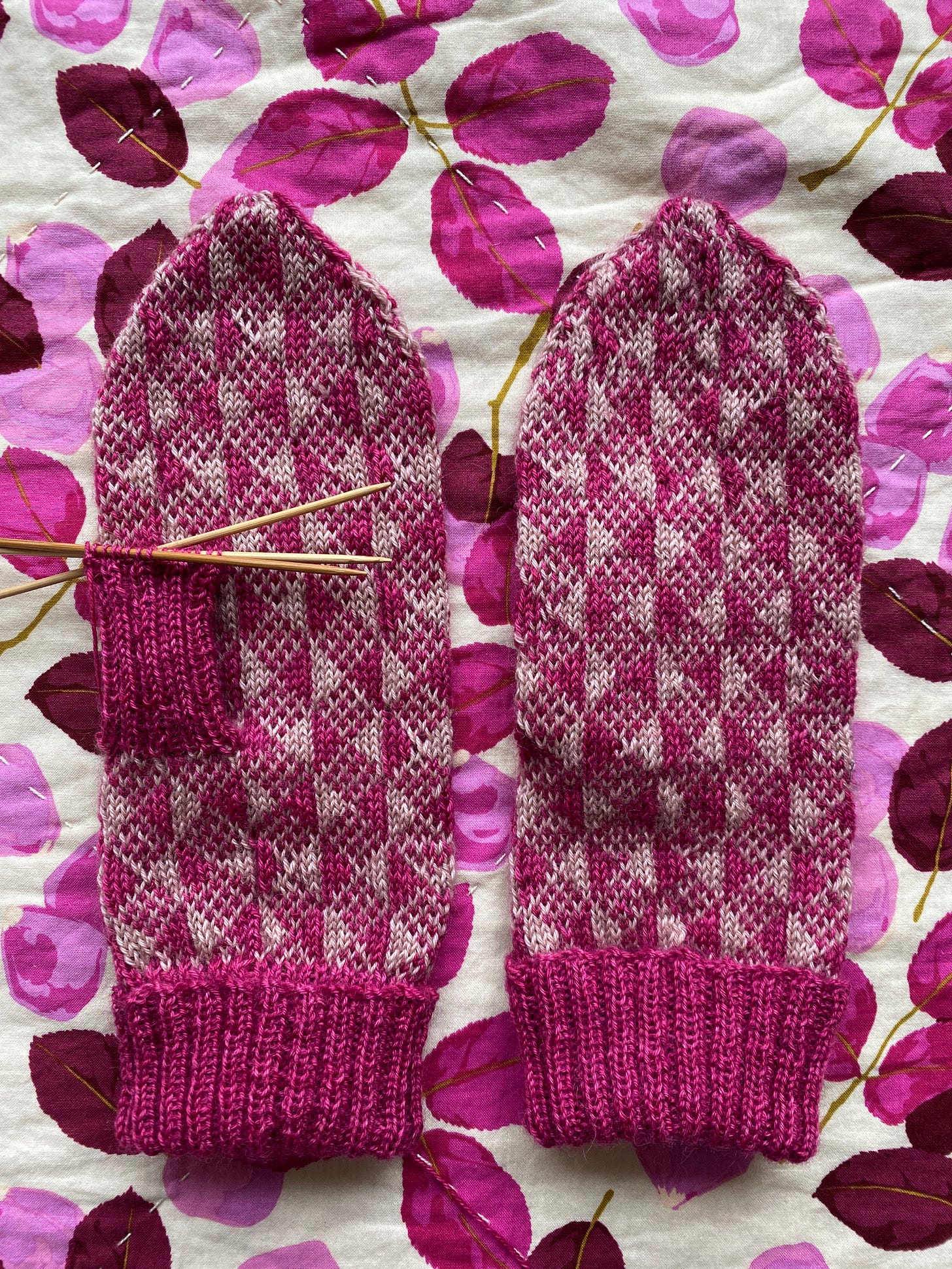
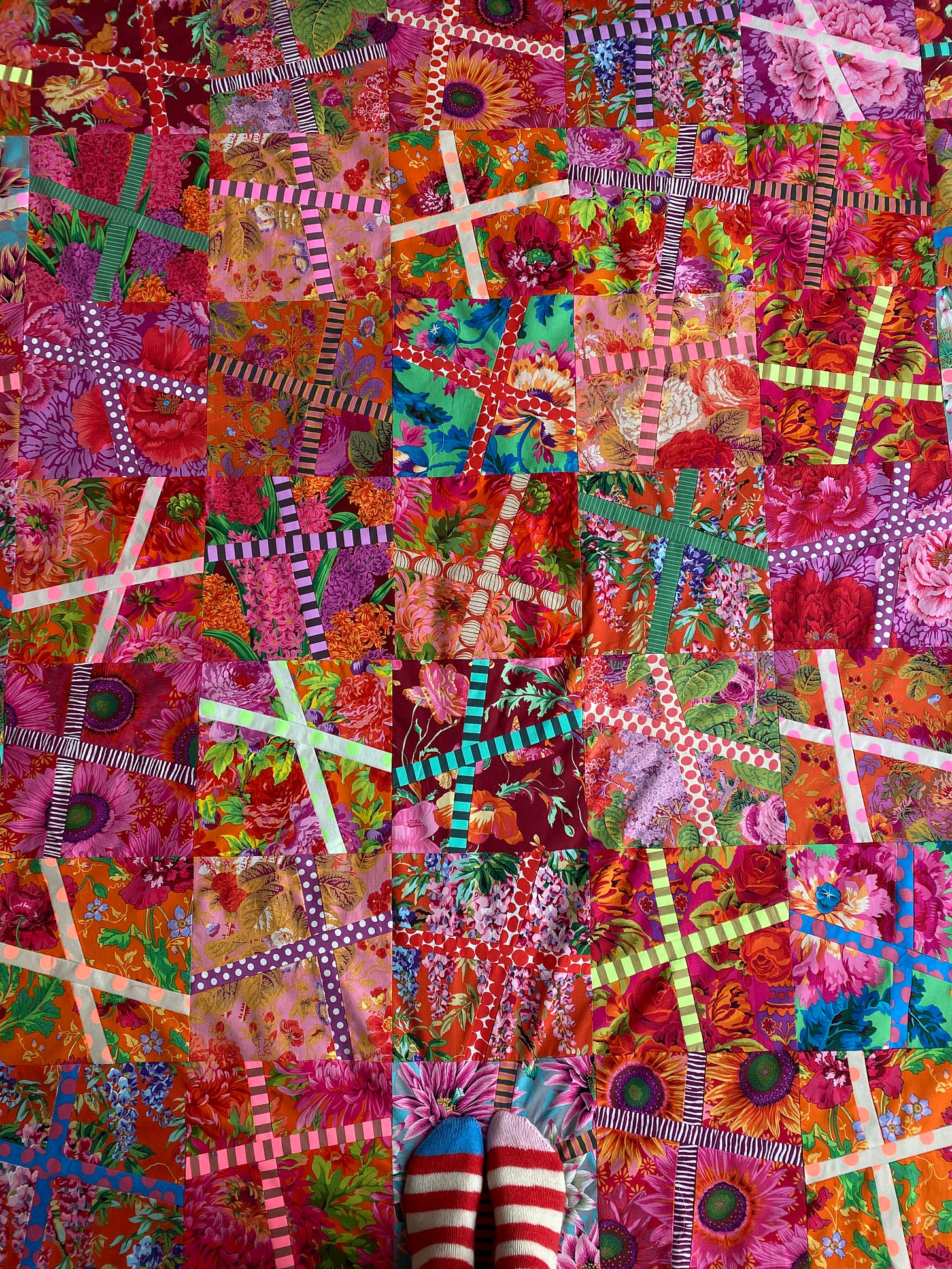
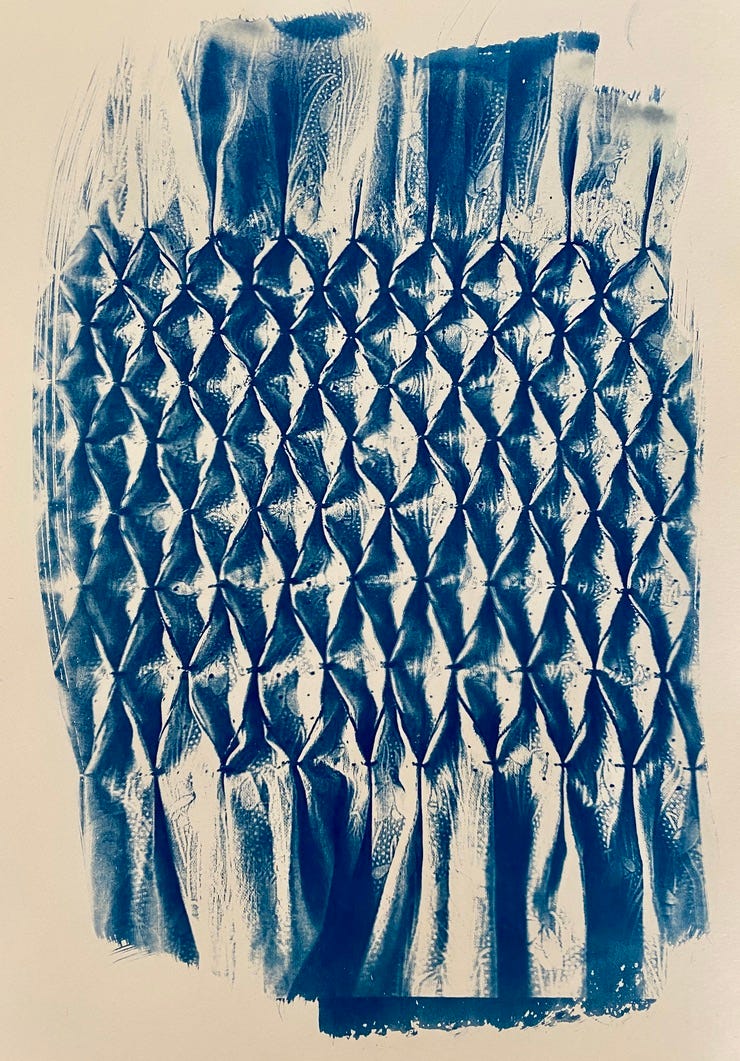
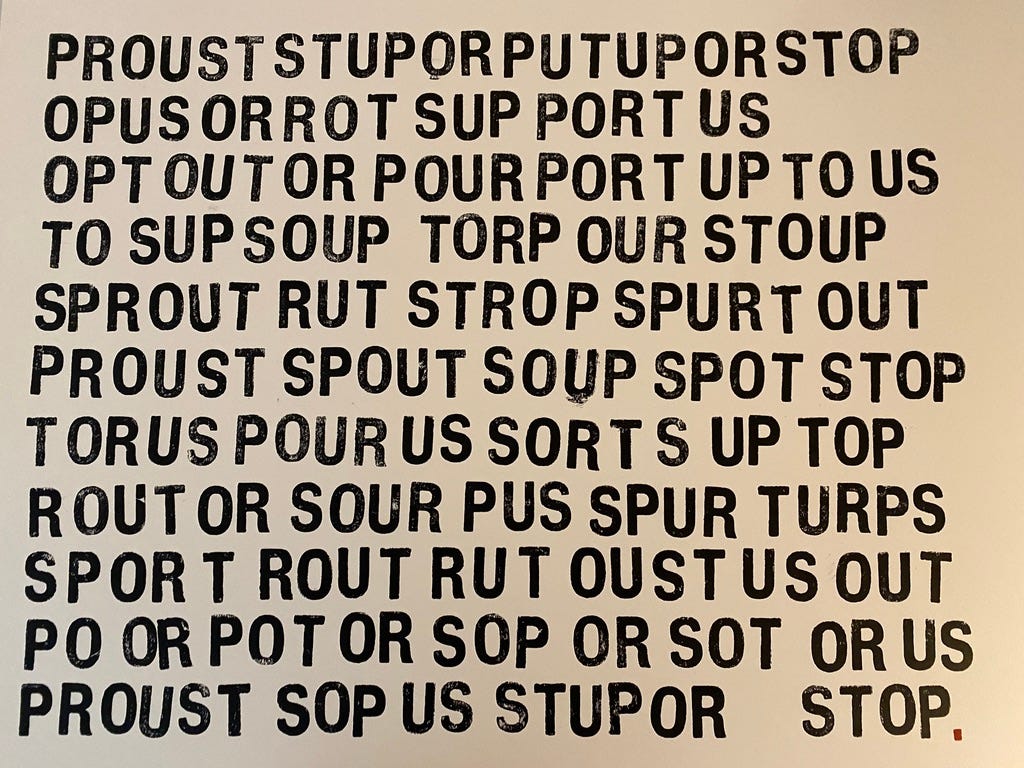
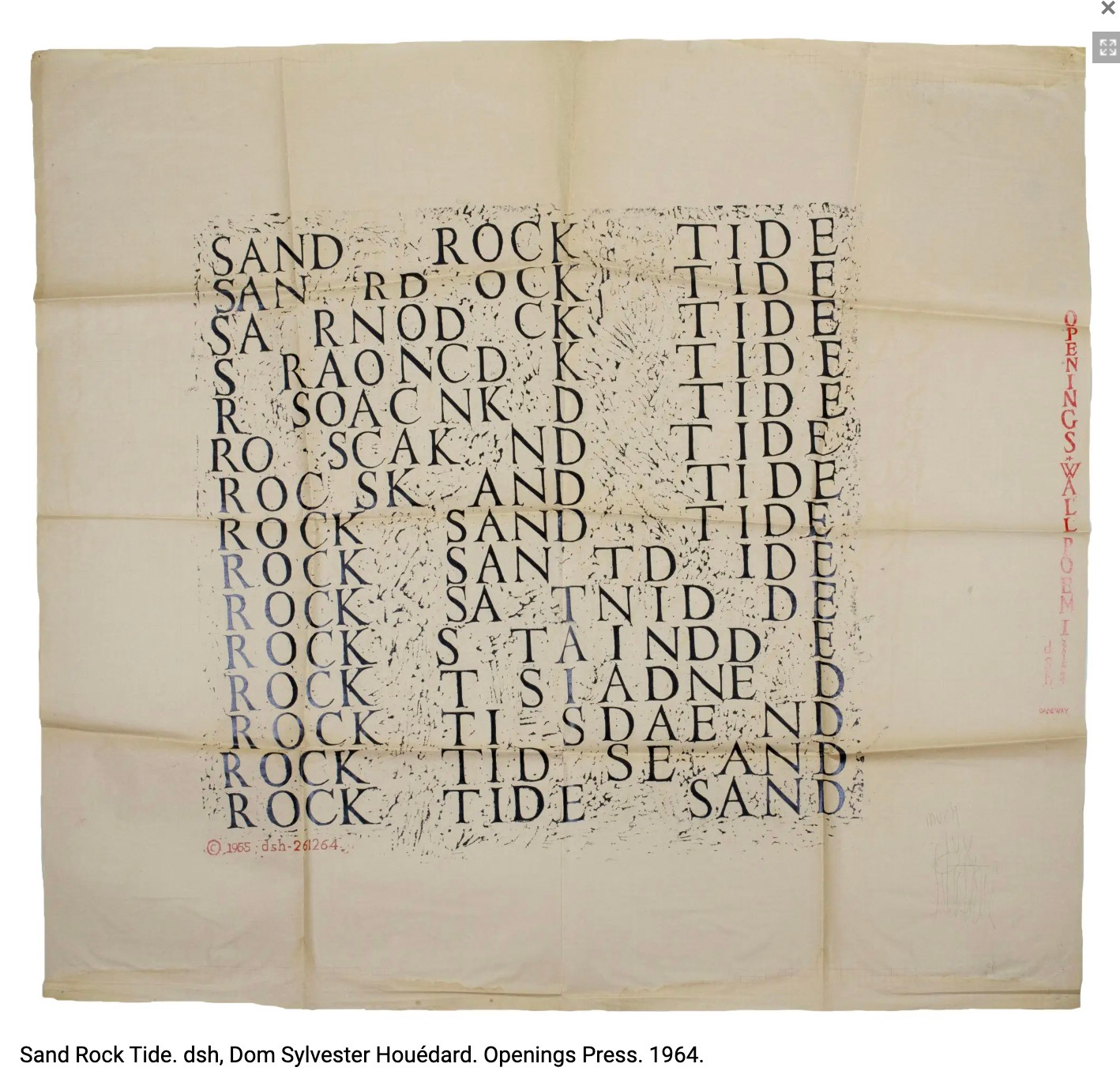
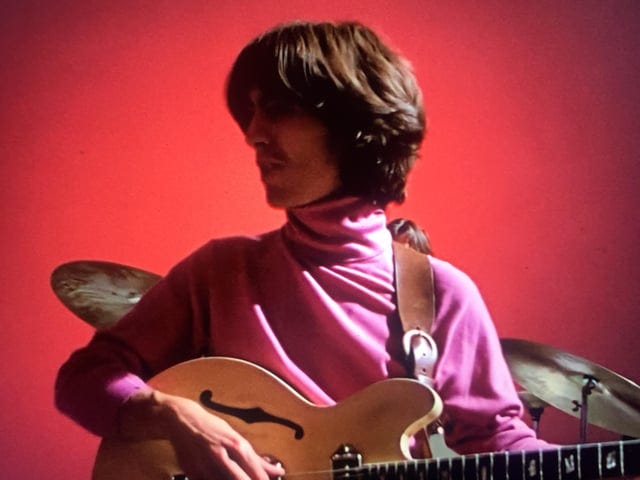
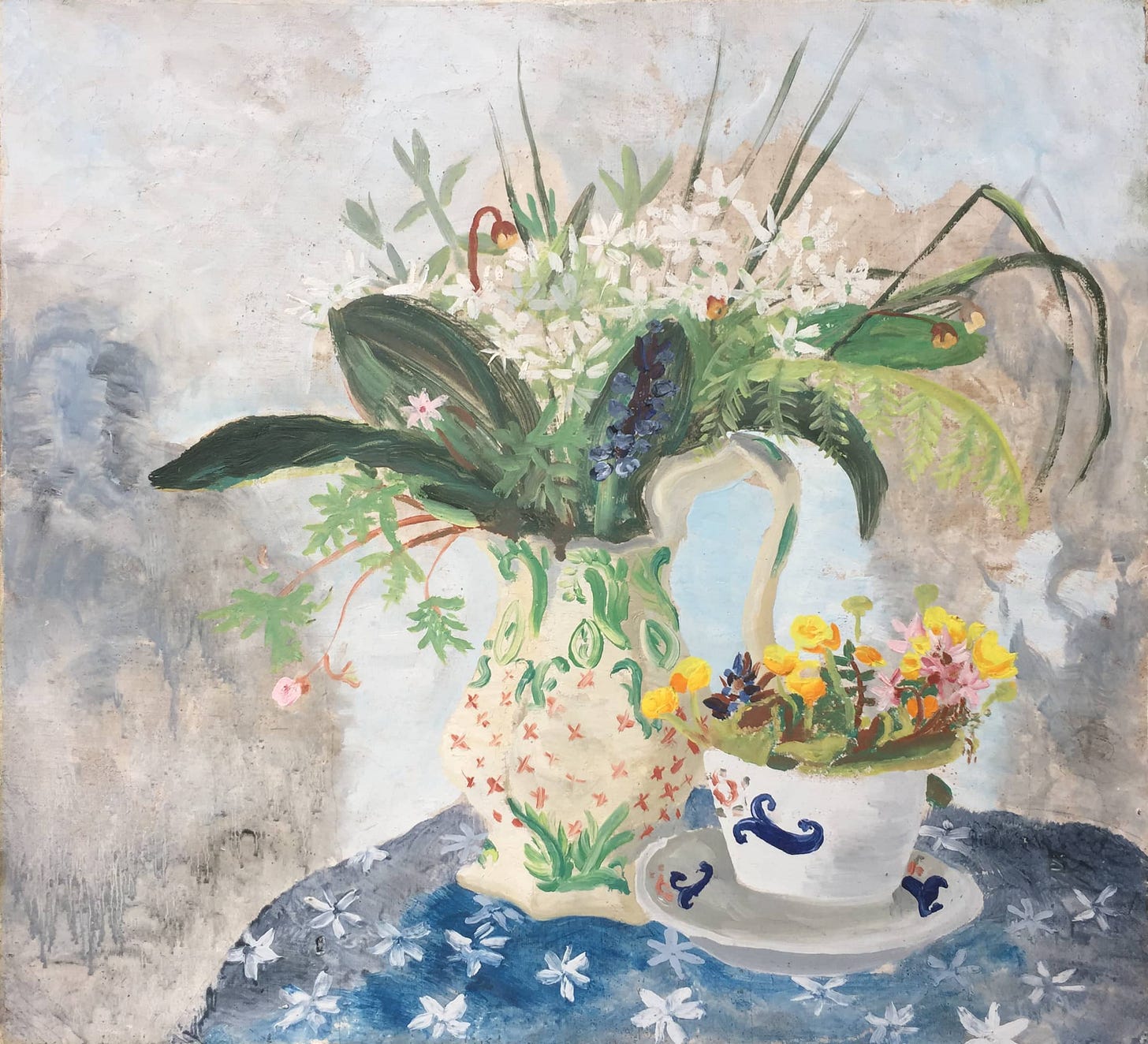
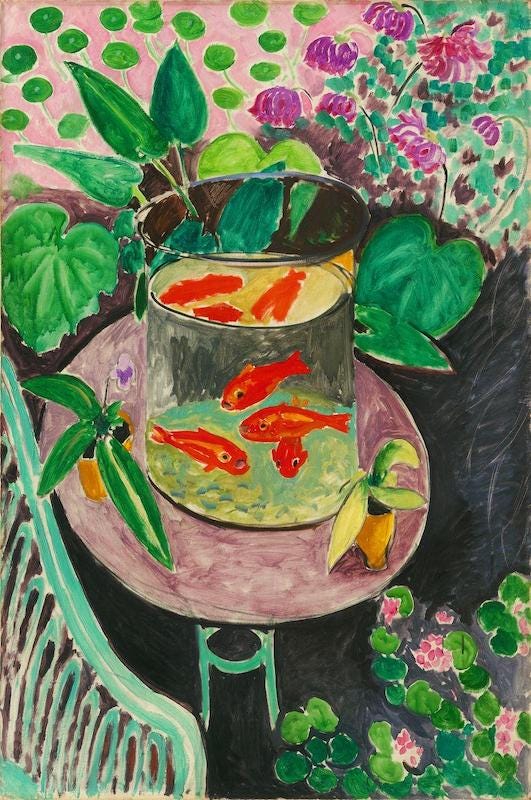
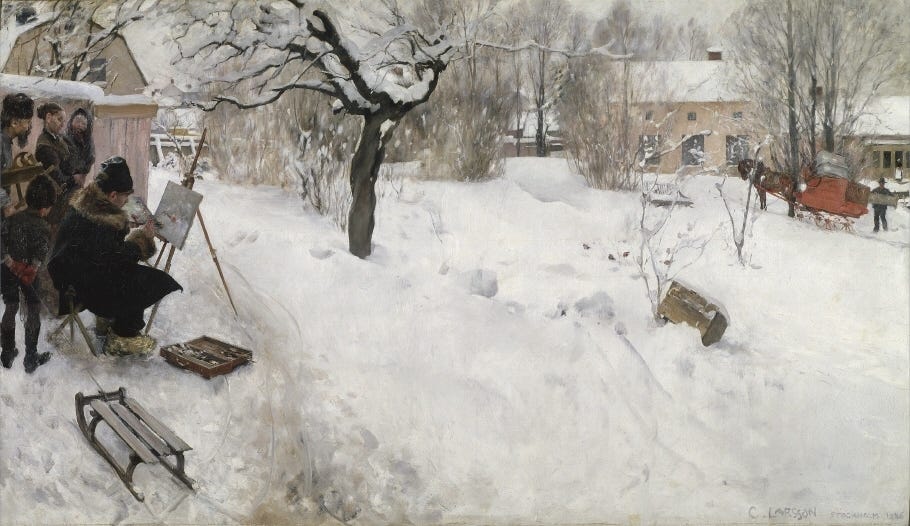
I can’t say how much reading your posts somehow re-centre me and send me off into new areas . I too write and do art , have enjoyed cyanotyoe, wrestled with letterpress and am pondering learning some new things. Husband’s valentines gift was Tirzah at Dulwich. Very moving especially the late work. Thank you for the joy and interest you bring.
Ah Jane, I was in the Persephone book shop in Bath last week, and passed over Dorothy Whipple in favour of Agnes Jekyll’s Kitchen Diaries (promised myself I’d only buy one). I must go back immediately for Whipple-ing!